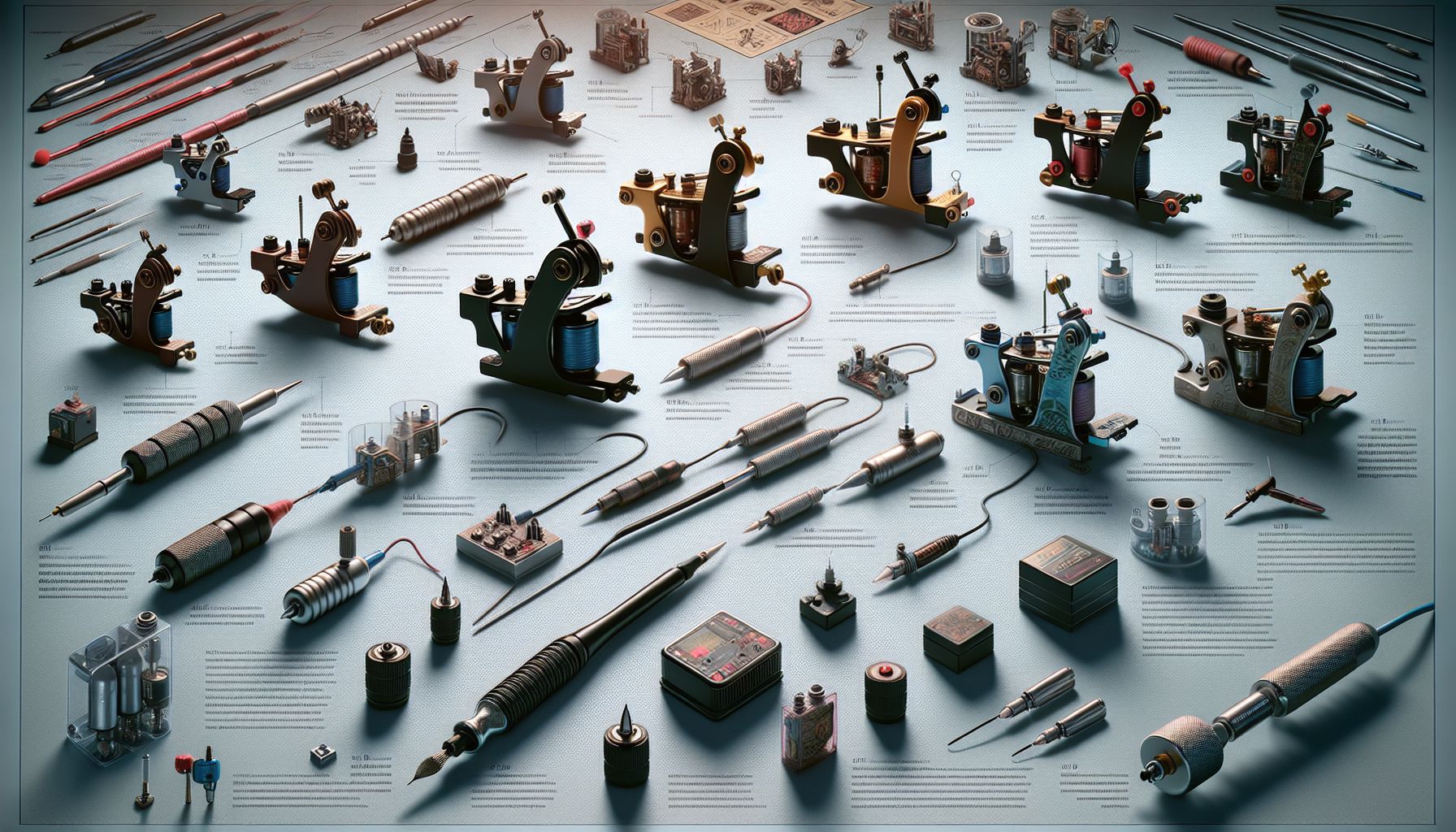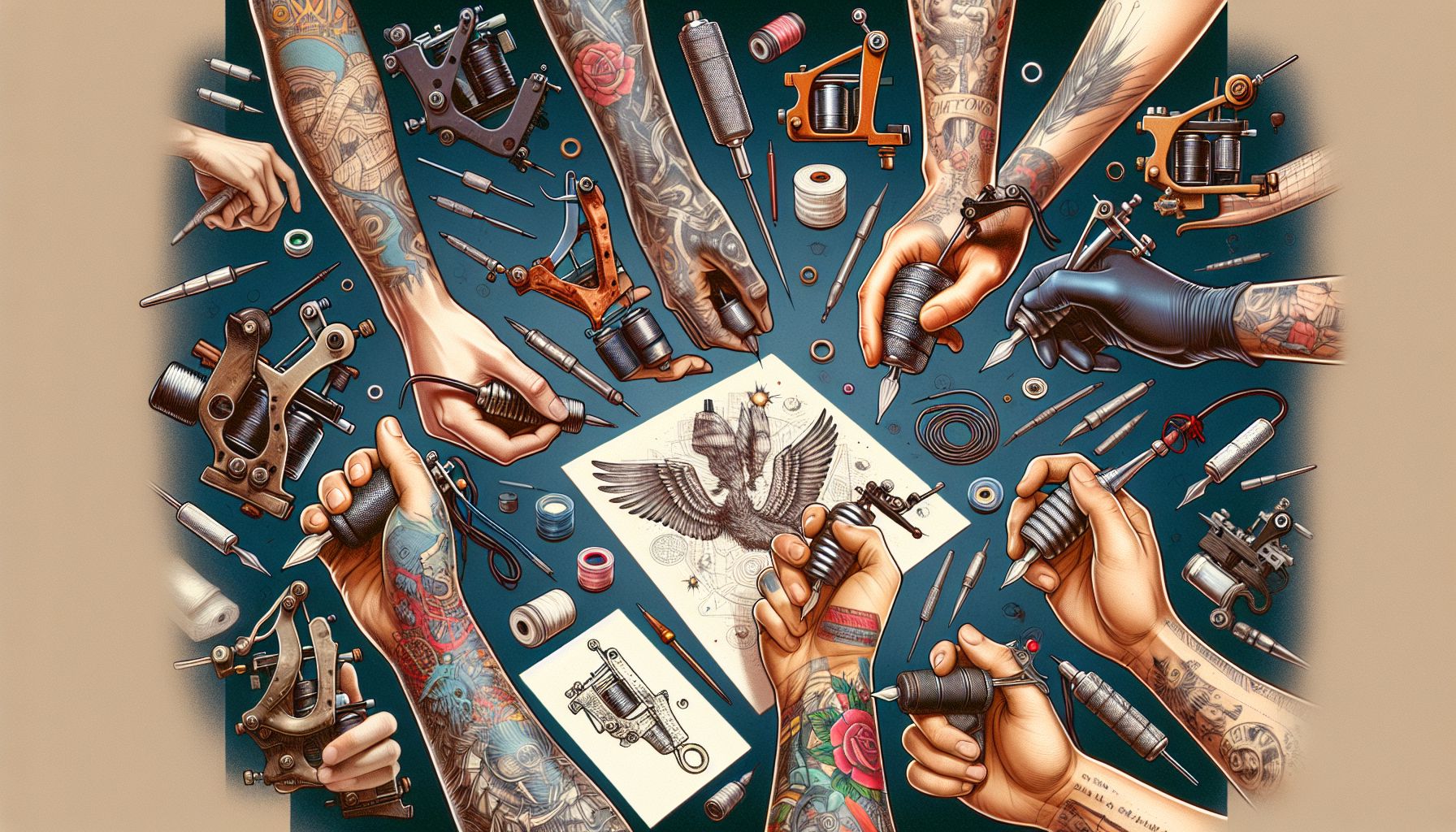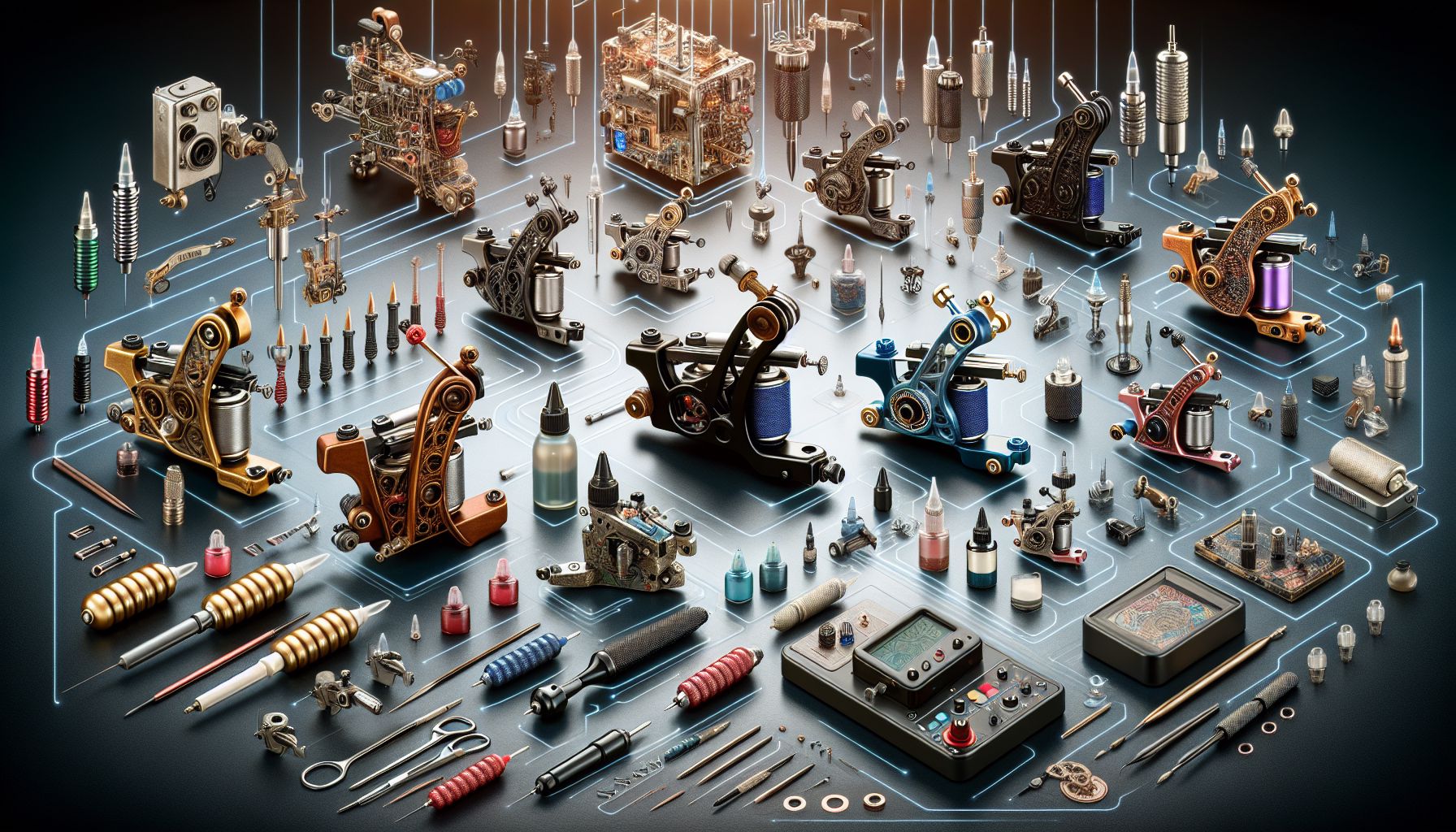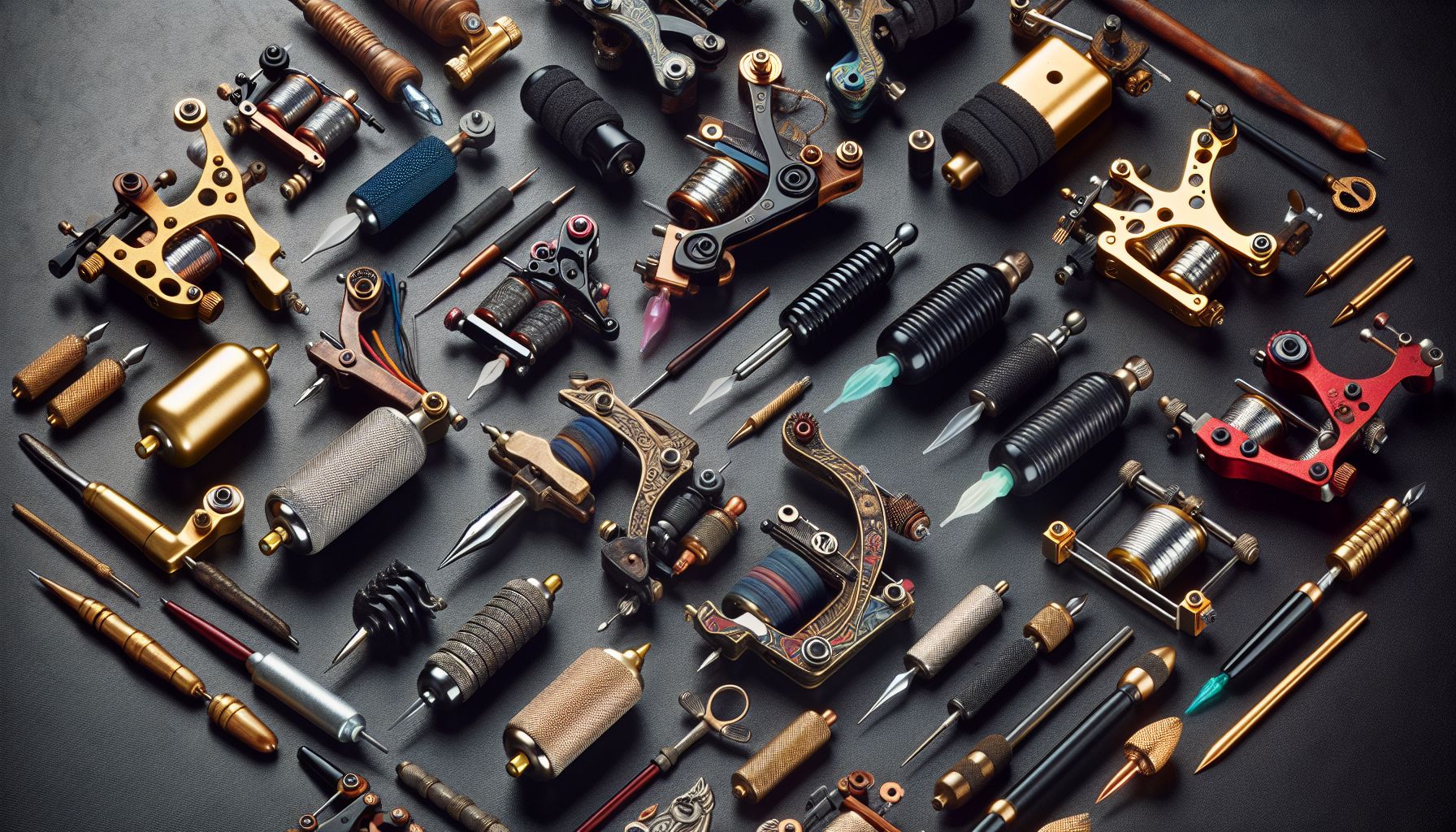In the world of tattooing, the artistry and talent of the tattooist are paramount. However, even the most skilled hands are nothing without the right tools. As tattoo artists, we’ve seen trends come and go, but one truth remains – quality tattoo supplies are the backbone of any great piece of body art. Today, I’ll delve into a component that’s crucial, yet often understated: the Tattoo Machine Power Supply.
Tattooing is an art that has evolved exponentially, with each leap in technology providing artists the ability to create finer, more detailed, and more vibrant work. When I first started inking skin, power supplies were hefty boxes that looked like they belonged to an old television set rather than a modern tattoo studio. But as the demand for precision and versatility grew, so did the technology within these powerhouses.
Understanding Tattoo Machine Power Supplies
A Tattoo Machine Power Supply is, in its simplest terms, the unit that powers the tattoo machine itself. It’s the point of control for an artist to adjust the voltage, which in turn controls the speed and force of the needles. In the early days, power supplies were rudimentary, offering little in terms of adjustment, often resulting in a “one-sizes-fits-all” approach to tattooing.
But today, we have digital power supplies with LCD screens, offering needle speed and duty cycle readouts, multiple machine ports, and even Bluetooth capabilities for a wireless experience. This evolution has given artists an unprecedented level of control, contributing to the finesse and detail seen in modern tattoos.
Anecdotes from the Past
I remember working with an old power supply that had a dial resembling those of an old stereo system. It wasn’t just about finding the right voltage. It felt like being a safe cracker, turning the dial minutely to reach that “sweet spot” where the machine would run smoothly. Fast forward to the present, modern supplies now feature precision that allows artists to adjust by mere decimal points of voltage, offering an unparalleled control over the tattooing experience.
Choosing the Right Power Supply
When considering a Tattoo Machine Power Supply, there are several factors to weigh. Foremost is reliability. A power supply is useless if it can’t consistently deliver; fluctuations in power can result in poorly executed tattoos and can damage your machine in the long run. Brands like Critical and Eikon have been at the forefront, producing resilient and consistent power supplies that artists swear by.
Next is versatility. Many of today’s power supplies are compatible with both coil and rotary machines, ensuring that you can switch between your tools with ease. For artists who employ various techniques, this flexibility is invaluable.
Features to Look For
Modern power supplies boast an impressive array of features. Touchscreen interfaces, multiple channels for seamless switching between liners and shaders, and memory functions that recall your settings, are just a few. Some even offer pedal-free modes, like jumpstart functions for machines that need an extra boost to get going.
Noise level is another consideration. Early power supplies emitted a persistent hum that could add stress to the tattooing environment. New designs offer whisper-quiet operation, helping to maintain a relaxed atmosphere for the artist and client alike.
Durability and portability are also key. With tattoo artists increasingly on the move, attending conventions and guest spots, a rugged power supply that can handle travel is a must. At the same time, it should be lightweight and compact to not take up valuable space in your travel kit.
Personal Insights
In my years of experience, investing in a high-quality power supply has always paid off. A machine that suddenly stops or jumps can shake an artist’s confidence and even result in a mistake on the skin. I’ve watched as poor power supplies led to inconsistent work, and how switching to a reliable unit made all the difference.
The Future
Looking ahead, the integration of smart technology is inevitable. We’re already seeing the rise of tattoo machines with built-in power supplies, reducing clutter and streamlining the tattooing process. Power supplies of the future may even include features we can’t yet imagine, further elevating the profession and its results.
Conclusion
In closing, a Tattoo Machine Power Supply is not merely an accessory; it’s the heartbeat of your tattoo machine. As technology marches forward, the importance of staying abreast of these advancements cannot be overlooked. A dependable power supply does more than power your machine—it instills confidence, breeds consistency, and ultimately supports the creation of exceptional body art.
For those in the tattoo industry seeking to further their craft, choosing wisely among tattoo supplies, especially when it comes to a power supply, is a decision that can shape your career. With each tattoo we ink, we leave a mark not only on skin but on the culture and history of this timeless craft. As we embrace the tools of tomorrow, let’s do so with the respect and passion that tattoo art deserves.



